Fibrocystic Breast Changes: Causes, Symptoms, and Support Strategies
Fibrocystic breast changes (or fibrocystic breasts) are a common condition that affects more than half of women at some point in their lives. When a woman has fibrocystic breasts, she may experience pain, tenderness, and swelling in her breasts. She may also notice lumps in one or both breasts.
The most common cause of fibrocystic breast changes is hormonal fluctuations, particularly excess estrogen. This is why symptoms of fibrocystic breasts are often worse just before a woman menstruates and are most common in premenopausal women.
Conventional treatment for fibrocystic breasts includes over-the-counter pain relievers and hormone or drug therapies. These treatments are not always effective and may produce undesirable side effects. Fortunately, there are natural strategies to support breast and hormonal health.
These natural strategies include consuming a high-fiber, anti-inflammatory diet, avoiding xenoestrogens, and improving the gut microbiome. Supporting liver health for proper detoxification and elimination of excess estrogen is also important. This article will discuss these strategies along with several herbs, nutrients, and other compounds that may be beneficial for women with fibrocystic breasts.
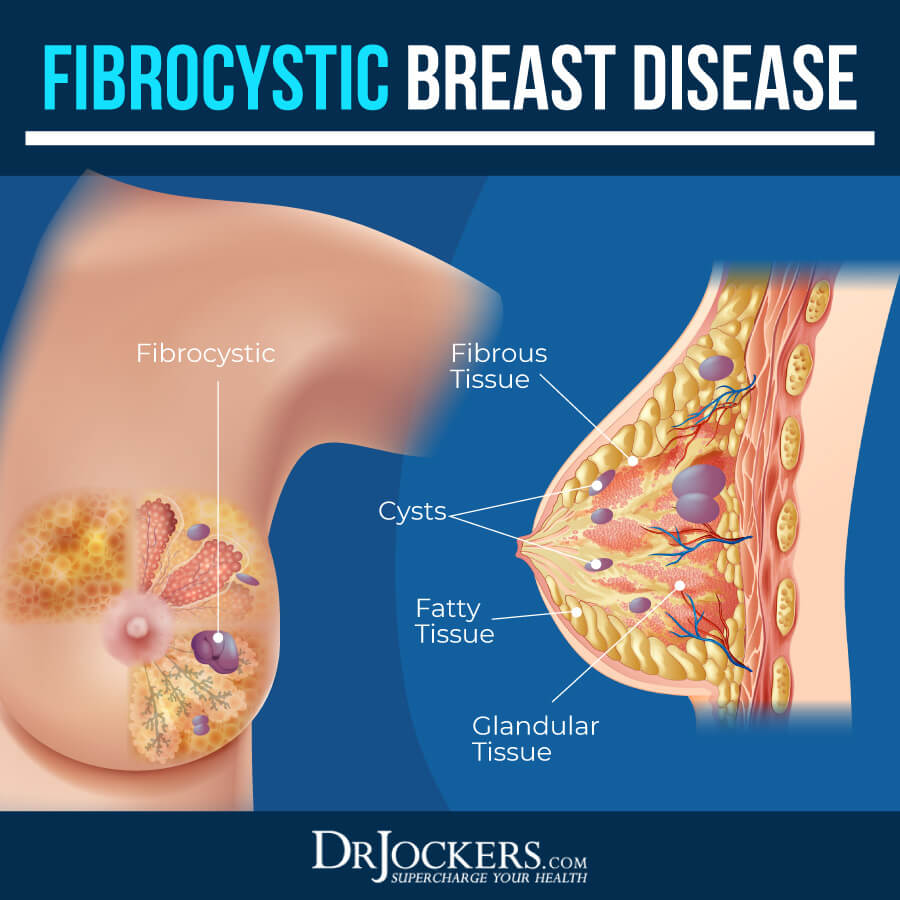
What Are Fibrocystic Breast Changes?
Fibrocystic breast changes are benign (noncancerous) lumps or abnormalities in the breast tissue (1). These changes are often related to the menstrual cycle, with more pain and lumps or nodules during the luteal phase and worsening before menstruation (2). Once called a disease, now doctors consider fibrocystic breast changes normal (3).
Fibrocystic breast changes are very common, affecting at least 50% of women. These changes occur mostly in premenopausal women between the ages of 20 and 50. Postmenopausal women rarely experience fibrocystic breasts unless they are on hormone therapy.
Fibrocystic breasts do not increase your risk of developing breast cancer. Unlike cancerous lumps, fibrocystic lumps come and go with the menstrual cycle and move under the pressure of a finger.
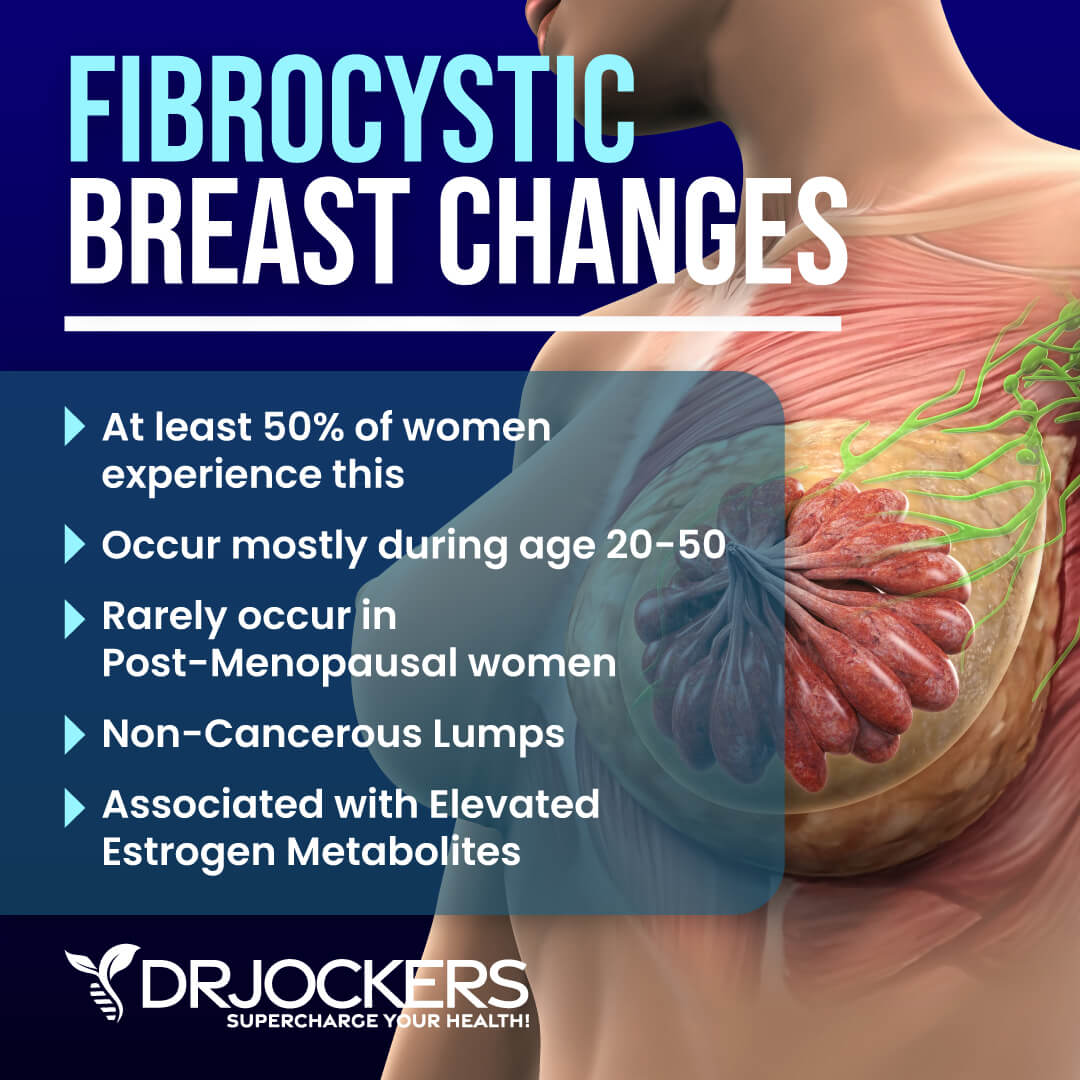
Fibrocystic Breast Tissue
Breasts consist of three types of tissue: glandular tissue, fibrous tissue, and fat. Glandular tissue is made up of the milk ducts and glands. Fibrous tissue supports the breasts, and fat fills in the spaces between the other tissues.
The more glandular and fibrous tissue a woman has, the more likely she is to have fibrocystic breasts. Fibrocystic breast tissue can feel fibrous (thickened and rope-like) and cystic (or lumpy).
There are distinct components of fibrocystic breast tissue (3). These include:
- Cysts: Fluid-filled, round or oval sacs
- Fibrosis: A prominence of scar-like fibrous tissue
- Hyperplasia: Overgrowth of cells lining the milk ducts or milk-producing tissues (lobules) of the breast
- Adenosis: Enlarged breast lobules.
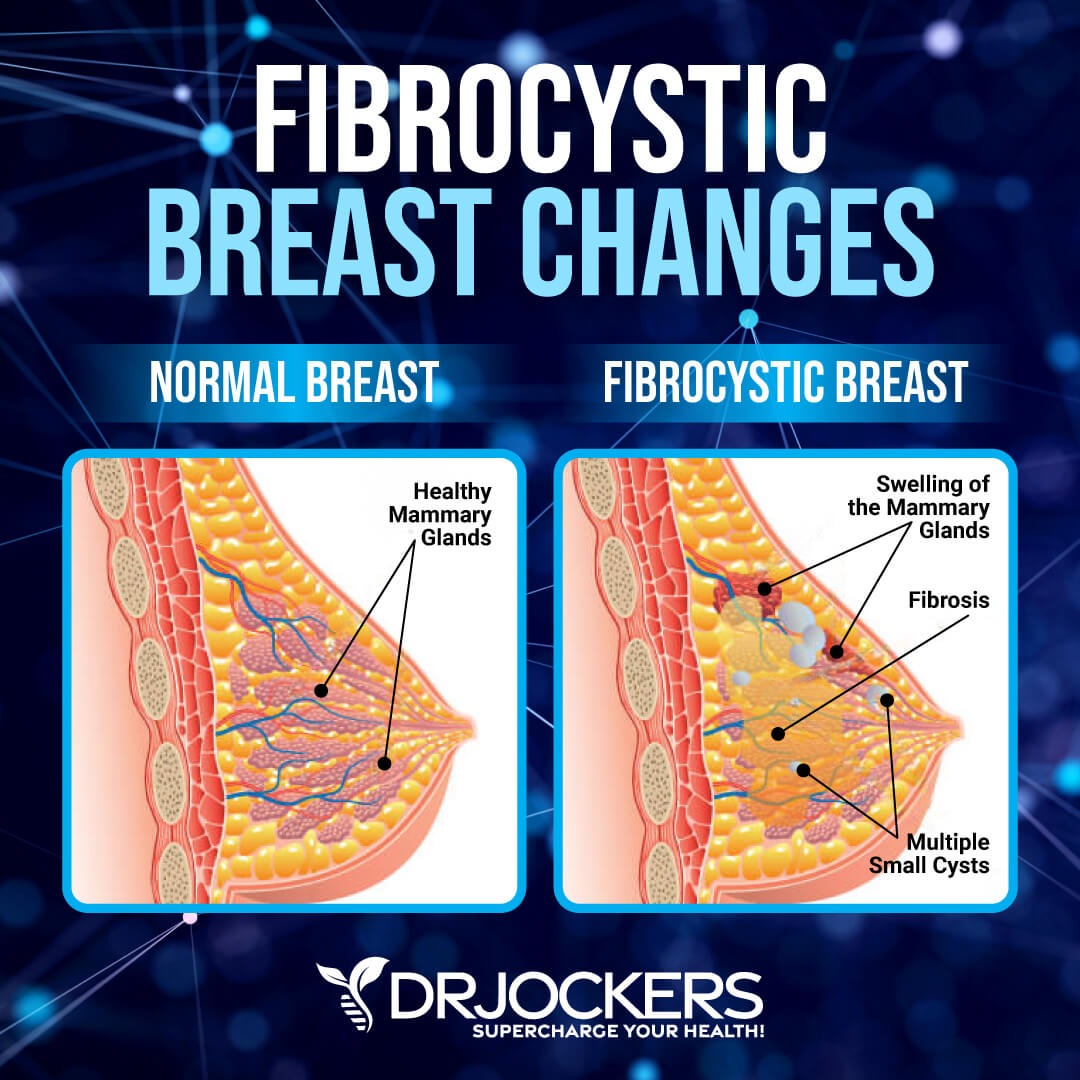
Symptoms of Fibrocystic Breasts
Many women with fibrocystic breasts do not have symptoms. For those who do experience symptoms, these may include:
- Dense, irregular, and bumpy consistency in the breast tissue
- Monthly increase in breast pain or lumpiness from mid-cycle (ovulation) to just before your period
- Breast lumps or areas of thickening that tend to blend into the surrounding breast tissue.
- Generalized breast pain (mastalgia)
- Swelling, fullness, or tenderness in the breasts
- Breast lumps that fluctuate in size with the menstrual cycle
- Green or dark brown non-bloody nipple discharge
- Breast changes that are similar in both breasts
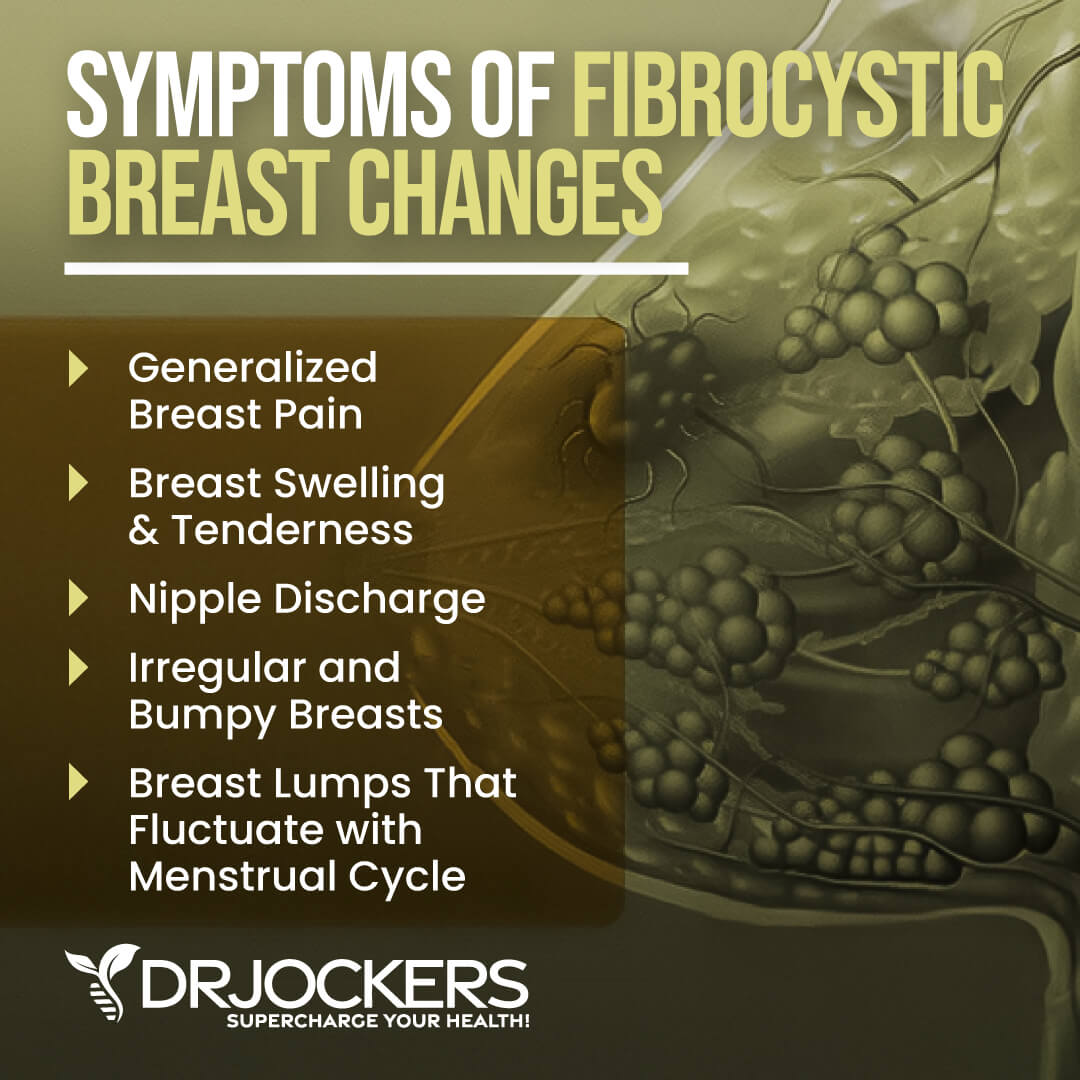
Causes of Fibrocystic Breast Changes
The exact cause of fibrocystic breast changes is not known. However, hormones play a significant role. Estrogen dominance is linked to fibrocystic breast changes.
This occurs when estrogen levels are high or when estrogen levels are normal, but progesterone is low. Other factors possibly related to fibrocystic breast changes are age, stress, smoking, and caffeine.
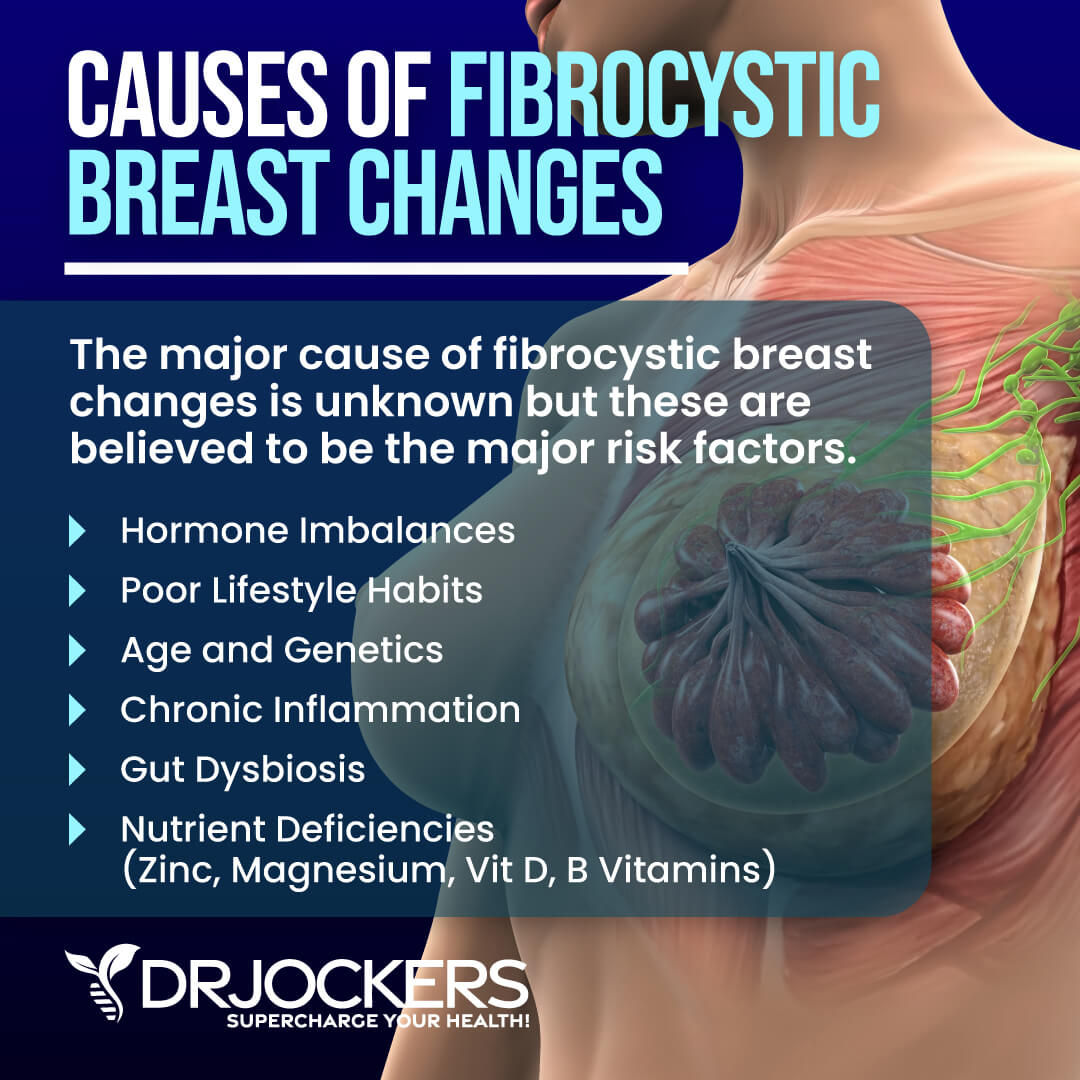
Diagnosis of Fibrocystic Breasts
If you find a new breast lump or change, you should schedule an evaluation with your healthcare practitioner. It is important to distinguish benign breast changes from breast cancer.
In addition to a clinical breast exam, conventional doctors will use the following tests to diagnose fibrocystic breast changes:
- Mammogram
- Ultrasound
- Breast biopsy, including fine needle aspiration, core needle biopsy, image-guided biopsy, or surgical biopsy
- Near-infrared imaging with contrast, since cancerous breast tissue is more likely to absorb contrast media than benign breast tissue
Conventional treatment options for fibrocystic breast changes are limited and not fully effective (1). Over-the-counter pain medications and prescription hormonal or other medications are typically used. These medications may have short and long-term negative side effects.
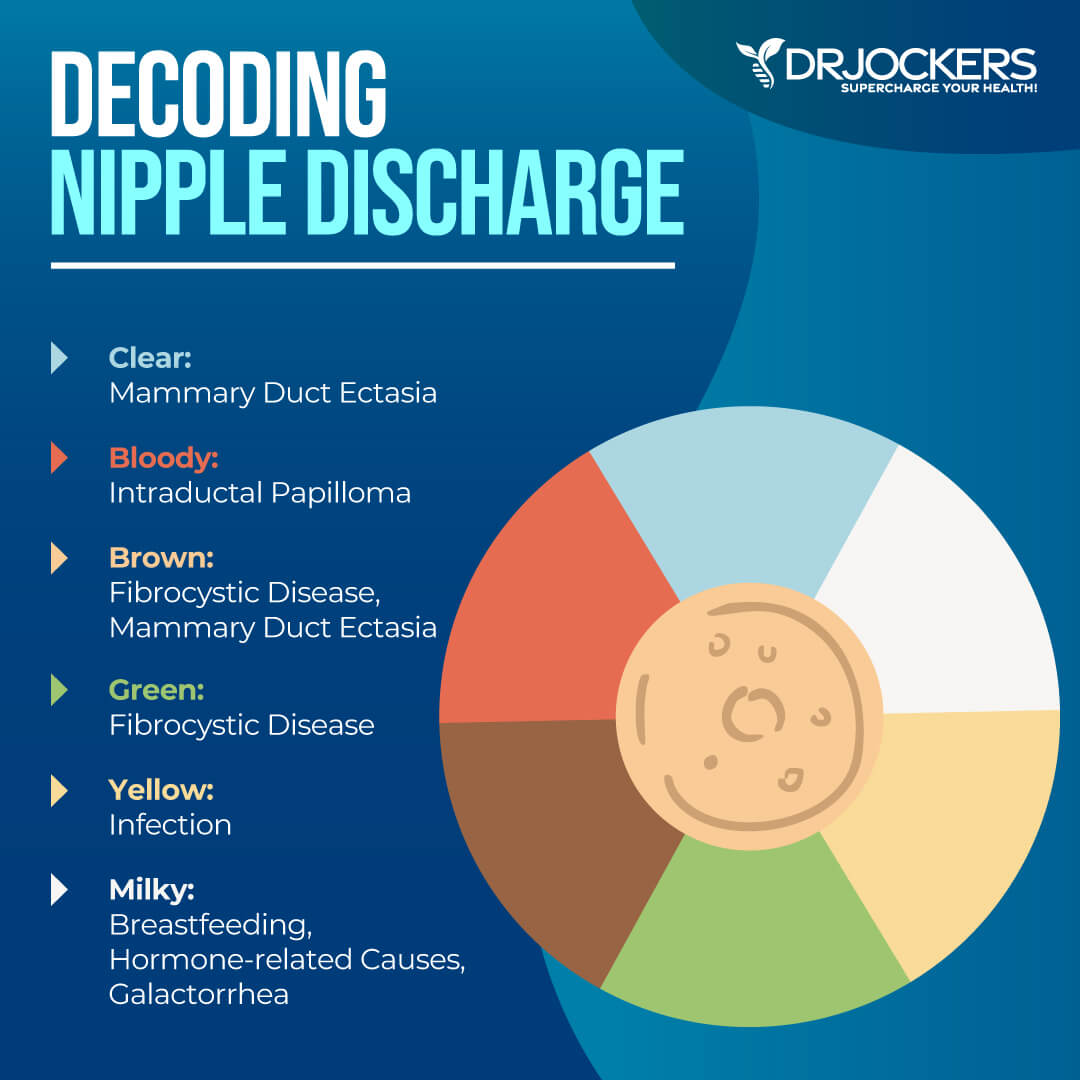
 Estrogen Dominance and Fibrocystic Breasts
Estrogen Dominance and Fibrocystic Breasts
Fibrocystic breast changes can be one of the first signs of excess estrogen in the body. It is important to understand how issues with estrogen metabolism can lead to estrogen dominance and fibrocystic breasts.
Estrogen is the main female sex hormone. It plays many critical roles in the body, including reproduction, regulation of body fat, cardiovascular health, bone turnover, and cell replication.
Estrogens circulate in the blood in free or protein-bound forms and exert diverse biological effects (4). The active and unbound forms of estrogen enter the bloodstream and act on estrogen receptor sites throughout the body.
Excess estrogens are eliminated from the body by metabolic conversion to estrogenically inactive metabolites that are excreted in the urine or stool. When elimination is hindered, free estrogens are reabsorbed.
Reabsorption of free estrogens can lead to estrogen dominance and increase the risk of fibrocystic breast changes and estrogen-driven cancers such as breast, ovarian, and endometrial cancers. Estrogen dominance also contributes to conditions such as endometriosis.
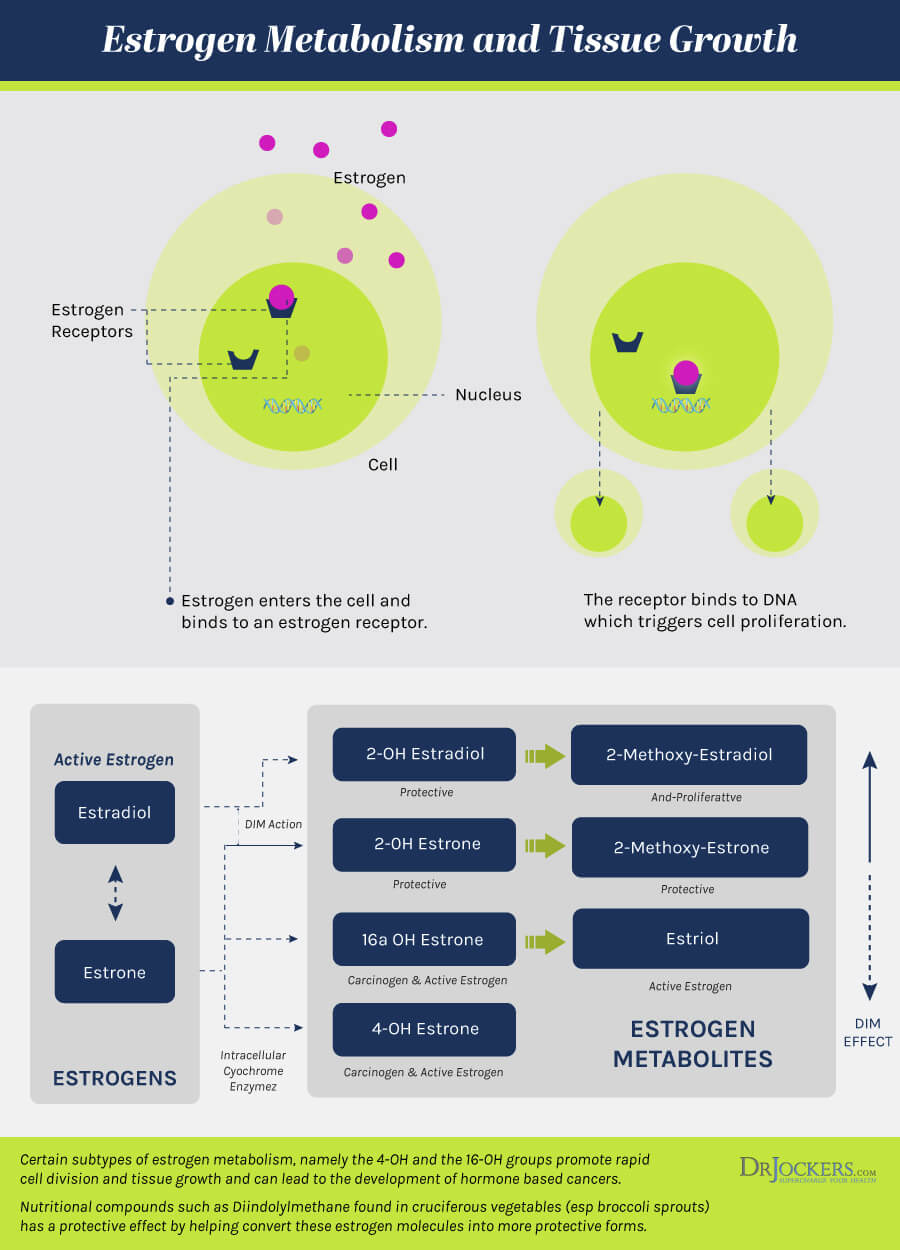
Ways to Improve Breast and Hormone Health
There are natural strategies to improve hormone balance and the factors involved in the development of fibrocystic breasts. It is important to address estrogen dominance with an anti-inflammatory diet and other strategies.
There are also lifestyle strategies and targeted supplementation to help with breast pain and hormone health. Remember, the supplements mentioned below are not FDA approved to prevent, treat or cure any major health problems, but as a clinician, I have seen great results using them to help women dealing with these issues.
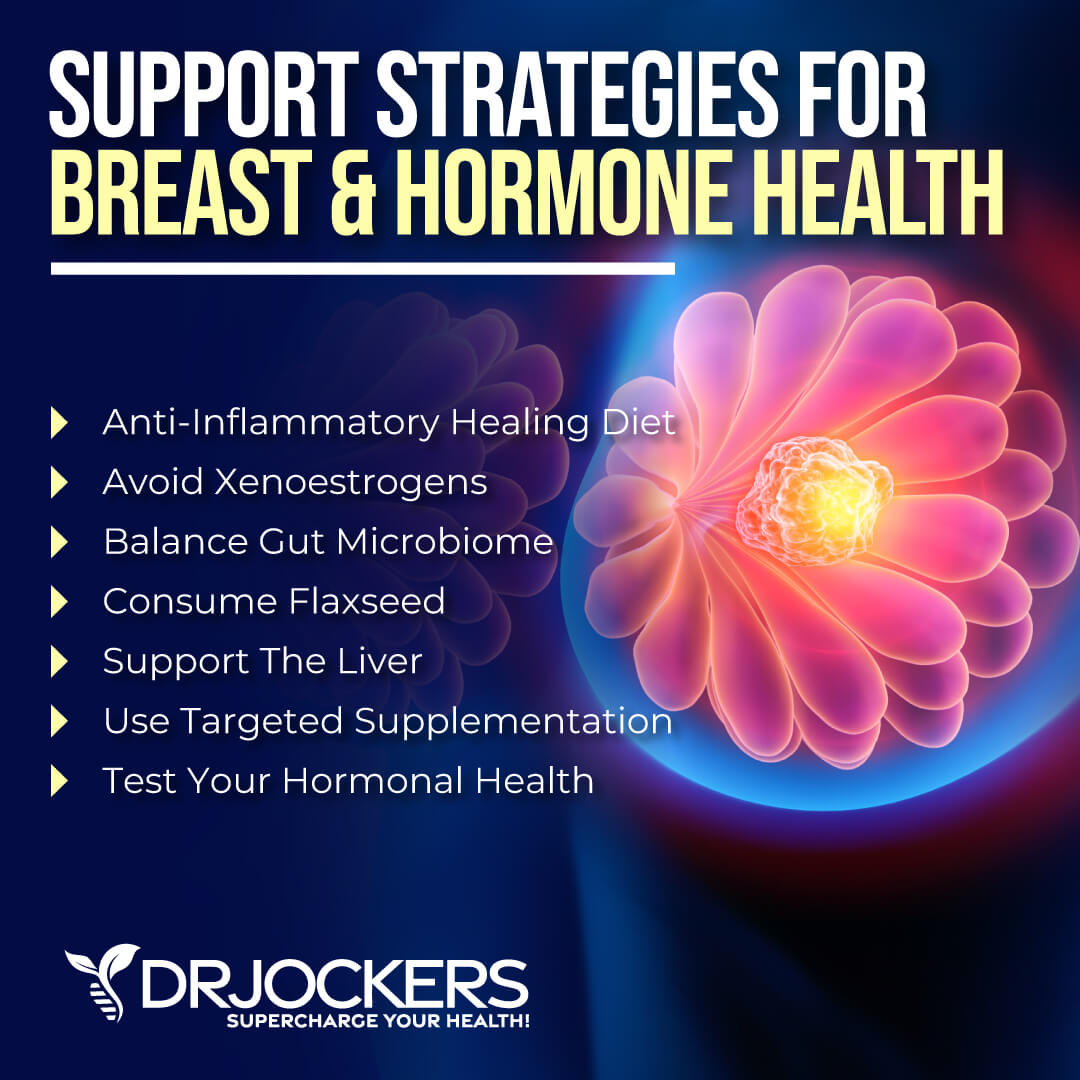
1. Anti-Inflammatory Healing Diet
Diet plays an important role in the development and symptoms of fibrocystic breast changes. A plant-based, high-fiber, anti-inflammatory diet may help to improve hormone balance and breast changes.
Foods to Include
The foundation of your diet should be a variety of low to moderate carbohydrates, colorful vegetables, and low-glycemic fruits. These foods have abundant antioxidants and phytonutrients. Plentiful amounts of herbs are great to include for their healing properties.
Cruciferous vegetables are excellent for supporting proper estrogen metabolism. They are rich sources of sulfur-containing glucosinolates which help to detoxify bad estrogen molecules (5). The glucosinolates give cruciferous vegetables their pungent aroma and spicy taste.
When cruciferous vegetables are cut, chopped, or chewed, an enzyme is released that activates sulforaphane. Sulforaphane is an isothiocyanate that has been found to have breast cancer-protective properties and other health benefits (6). Broccoli sprouts, kale, cauliflower, collard greens, mustard greens, turnips, broccoli, Brussels sprouts, watercress, and cabbage all contain sulforaphane.
Including high-fiber foods may also be beneficial for fibrocystic breasts. Fiber supports the excretion of excess estrogen and helps good bacteria in the gut to thrive. Fiber helps to remove excess toxins from the body and to regulate bowel movements, which are both very beneficial for balancing hormones. High-fiber foods include fruits, vegetables, nuts, and seeds.
Healthy fats are essential for hormone production. Great sources of healthy fats are coconuts, olives, avocados, their oils, and grass-fed butter and ghee. Omega-3 fatty acids and conjugated linoleic acid (CLA) found in wild-caught salmon and grass-fed beef, and dairy have many health benefits. These healthy fats are an efficient source of fuel for the body to combat inflammation and help to balance hormones.
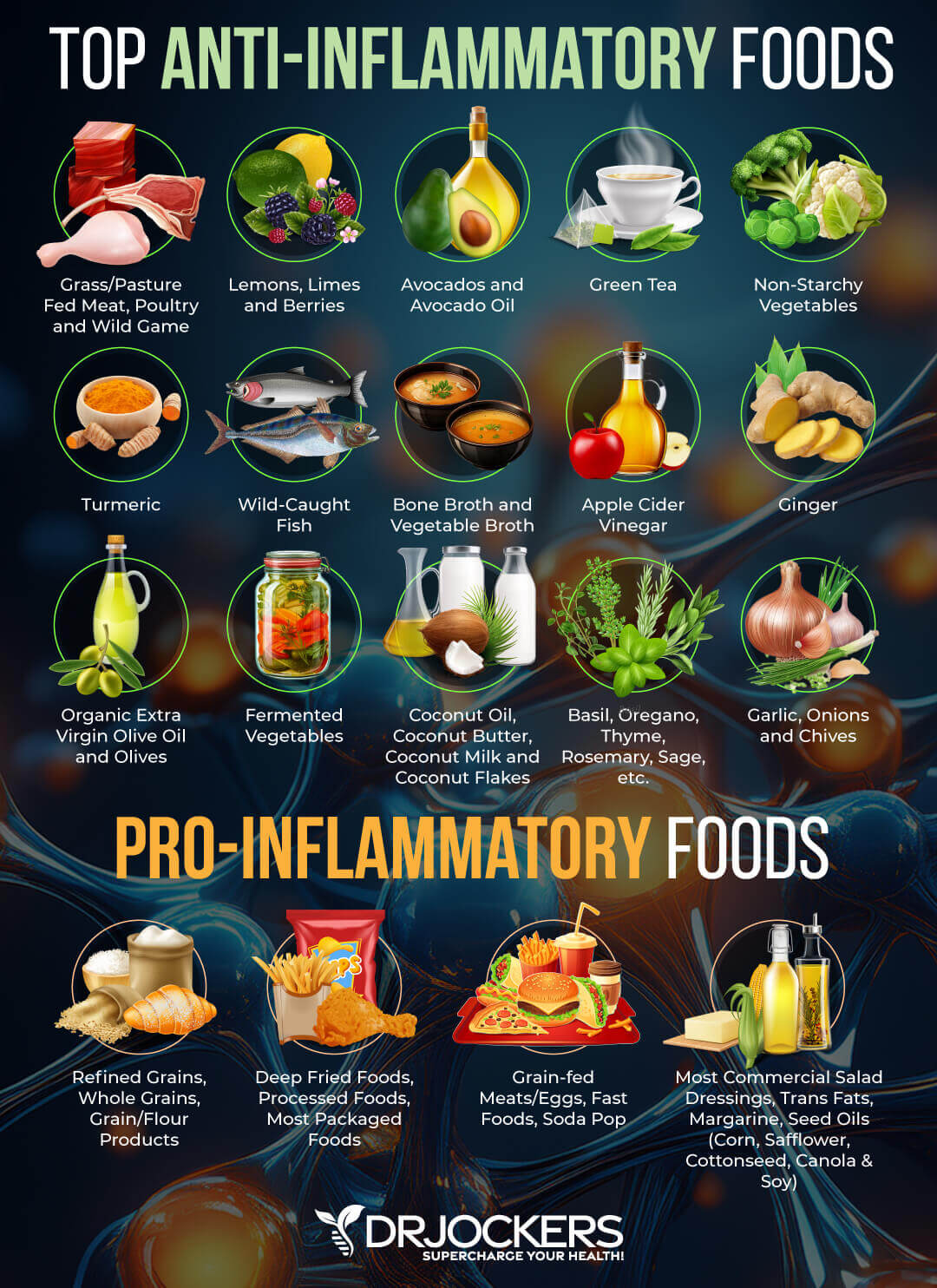
Food to Avoid
To support hormonal and overall health, it is important to avoid foods that upregulate inflammation, produce extra acidity in the tissues, and cause imbalances in your gut flora and hormones. Highly inflammatory foods include:
- Refined sugars, carbohydrates, and grains
- Meat and dairy from conventionally raised animals
- Farmed fish
- GMO foods
- Foods with additives, preservatives, and pesticide residue
- Highly processed vegetable oils, such as canola, grapeseed, and safflower

2. Avoid Xenoestrogens
Endocrine disruptors are synthetic compounds that can interfere with the body’s endocrine system (7). These hormonally active compounds mimic naturally occurring hormones in the body.
Xenoestrogens are endocrine disruptors that mimic estrogen and interact with estrogen receptor sites. This contributes to excess estrogen and blocks the effects of true estrogen. Xenoestrogen exposure can lead to estrogen dominance and many serious health conditions, including cancer (8).
Unfortunately, xenoestrogens are found in many everyday products. Examples are plastic bottles, food cans, detergents, flame retardants, cosmetics, and pesticides, which may contain these endocrine-disrupting substances. Our exposure to xenoestrogens is mostly related to food ingestion.
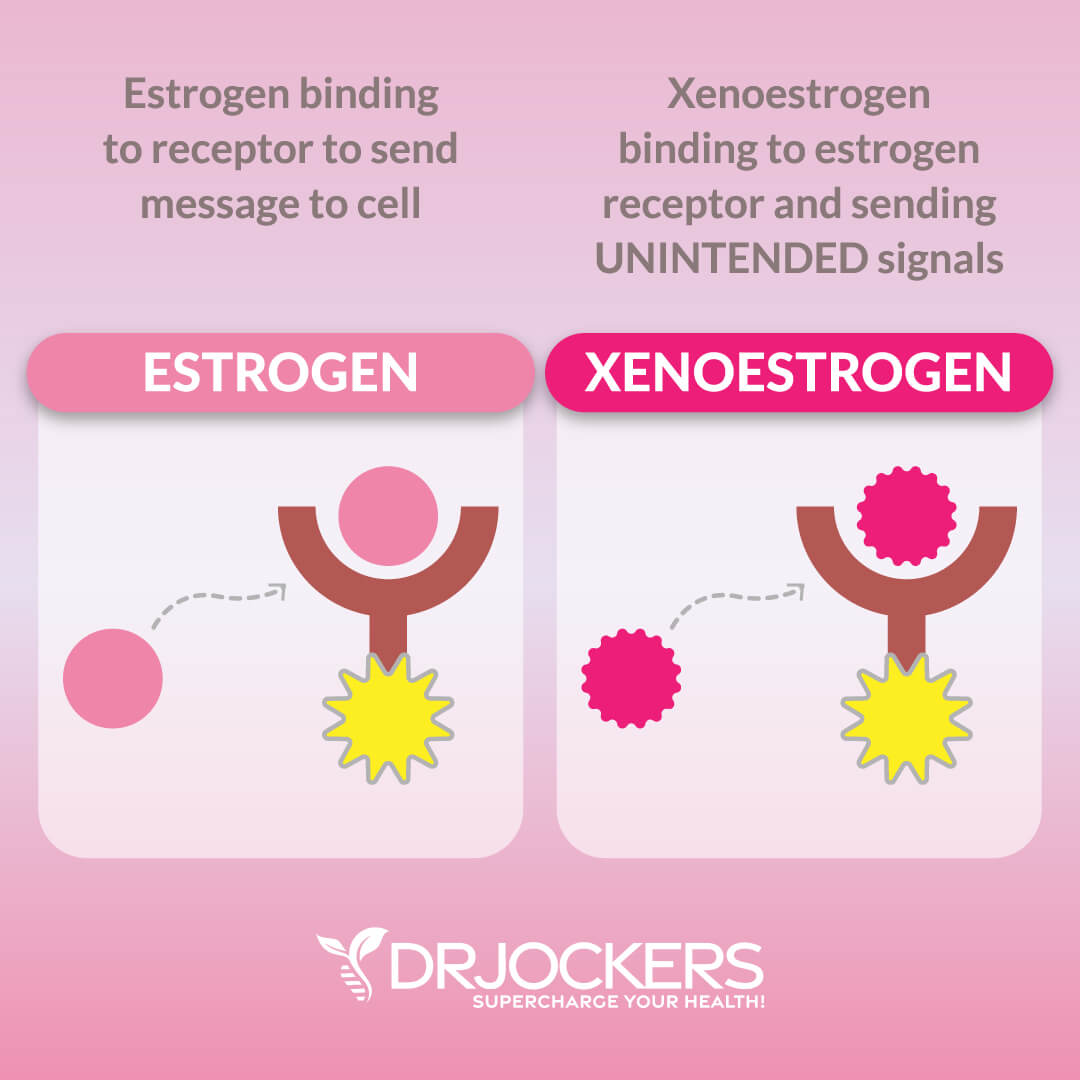
3. Balance Gut Microbiome
Gut bacteria play a central role in estrogen metabolism. The estrobolome is a certain gut bacteria that modulates estrogen metabolism and affects whether estrogen is excreted from the body or recirculated. Beta-glucuronidase is an enzyme produced by the estrobolome that deconjugates estrogens into their active forms (9).
When your gut microbiome is out of balance (dysbiosis) and gut microbiota diversity is reduced, hormones are impacted, and the production of beta-glucuronidase is altered. If there are imbalances in your gut flora and altered beta-glucuronidase activity, more estrogen is recirculated rather than excreted. This can lead to fibrocystic breasts.
Probiotics can help to restore a healthy estrogen balance by helping to improve the estrobolome (10). ProbioCharge is an ideal combination of ingredients to support your gut flora, cellular health, and immunity. It contains well-researched probiotic strains, Saccharomyces boulardii, and the prebiotic arabinogalactan.
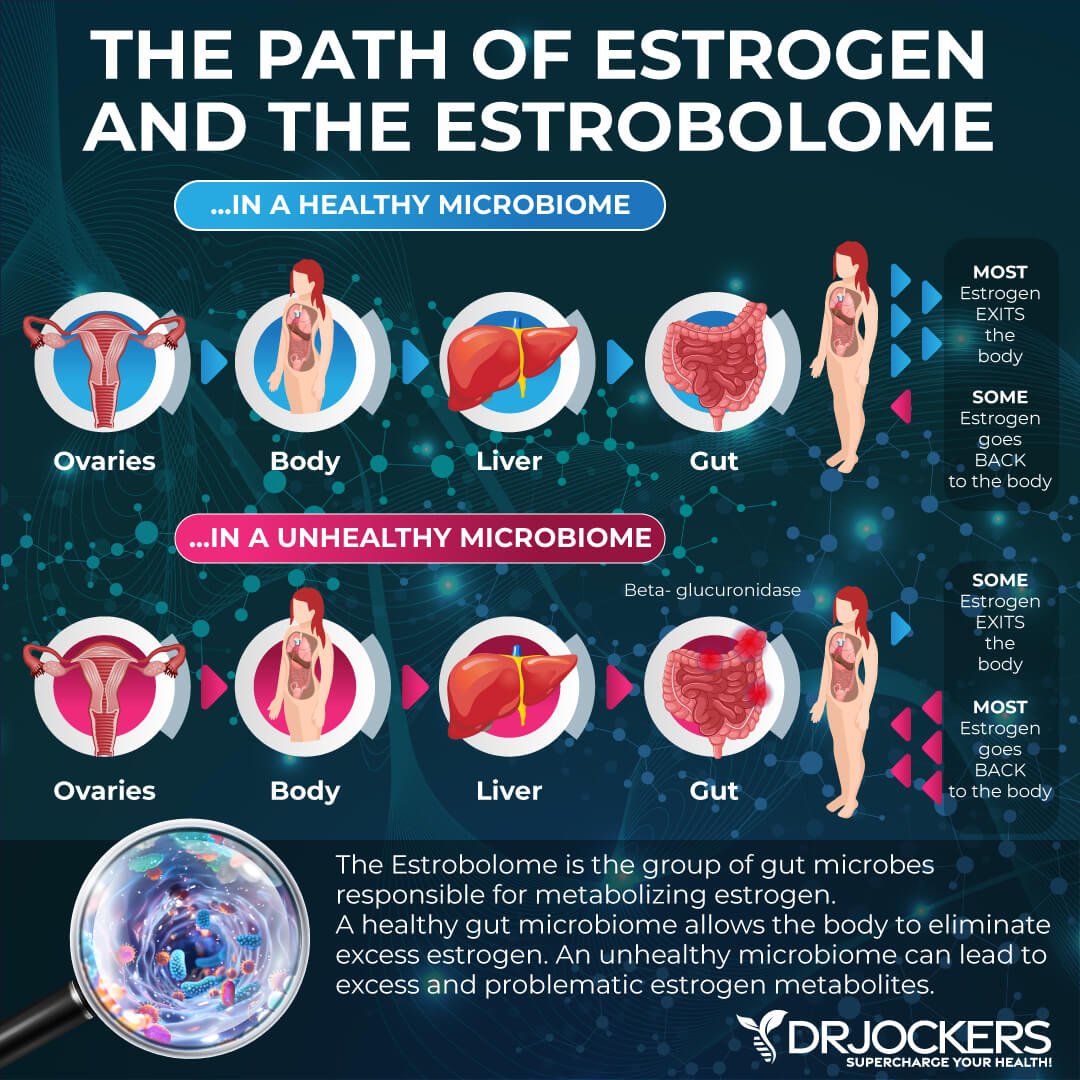
4. Consume Flaxseed
Flaxseed is a rich source of the omega-3 fatty acid alpha linolenic acid (ALA). The other main bioactive compounds in flaxseed are lignans and fiber. These compounds have anti-inflammatory action, antioxidative capacity, and lipid modulating properties (11).
Flaxseed has been shown to significantly reduce periodic breast pain (12). It impacts gut bacteria, which can affect estrogen levels.
Flaxseed is used extensively in studies to treat breast cancer (11). In both animal studies and human trials, dietary flaxseed has significant protective effects against breast cancer.
The oils in flaxseed oxidize quickly when exposed to air, so it is best to buy whole flaxseed and grind as needed. An easy way to consume flaxseed is to add whole flaxseed to your smoothie and blend with the other ingredients. You can also bake with flaxseed. Their mild nutty flavor complements a number of recipes and dishes.
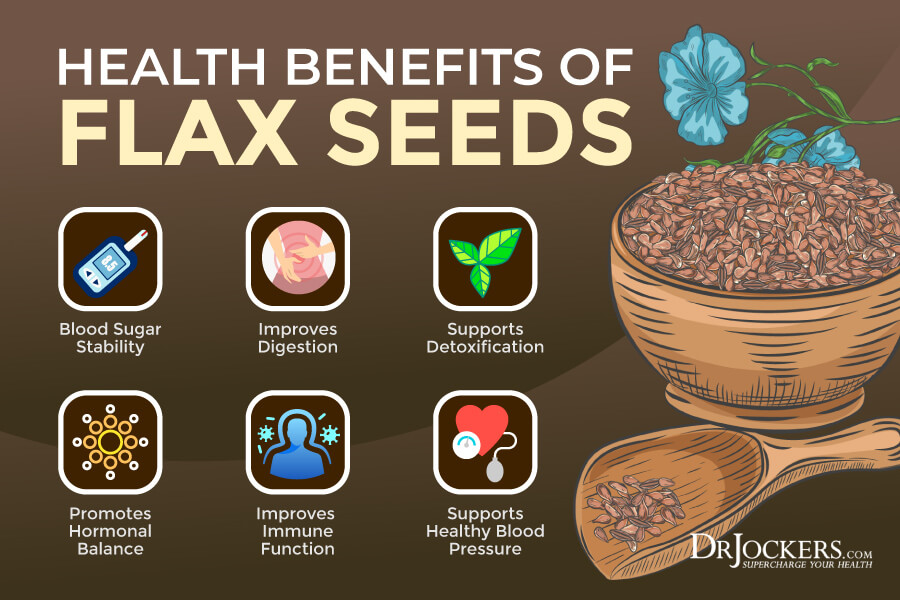
5. Support the Liver
Detoxifying your liver can help to naturally balance hormones, which may improve fibrocystic breasts. The liver is responsible for breaking down and eliminating excess hormones from the body. If the liver is not functioning properly, older hormones can recirculate into the bloodstream in an even more toxic form than when they originally entered the liver.
Foods that help to keep the liver healthy and aid in liver detox include citrus fruits, leafy greens, cruciferous vegetables, onions, garlic, and several herbs. This article discusses more about liver health and the 16 best foods for a healthy liver.
To help support your liver, you can include a supplement such as Liver Support. This product is a synergistic formula designed to support healthy liver function. Milk thistle protects the liver from damage, enhances the detoxification process, and speeds up estrogen clearance from the body.
This blend also includes Cordyceps sinensis and reishi mushroom, both of which have immune supportive and antioxidant properties, and help to support a balanced inflammatory response. It also contains N-acetyl-cysteine (NAC), which helps protect the body from oxidative stress and upregulates the formation of glutathione, the predominant antioxidant found in the liver.
The mushroom extracts and herbal ingredients in this product are designed to protect liver cells against oxidative damage, which may affect the function of the liver. The ingredients also actively contribute to detoxification processes in the liver by supplying nutrients that may enhance the biochemical reactions involved in neutralizing harmful substances.
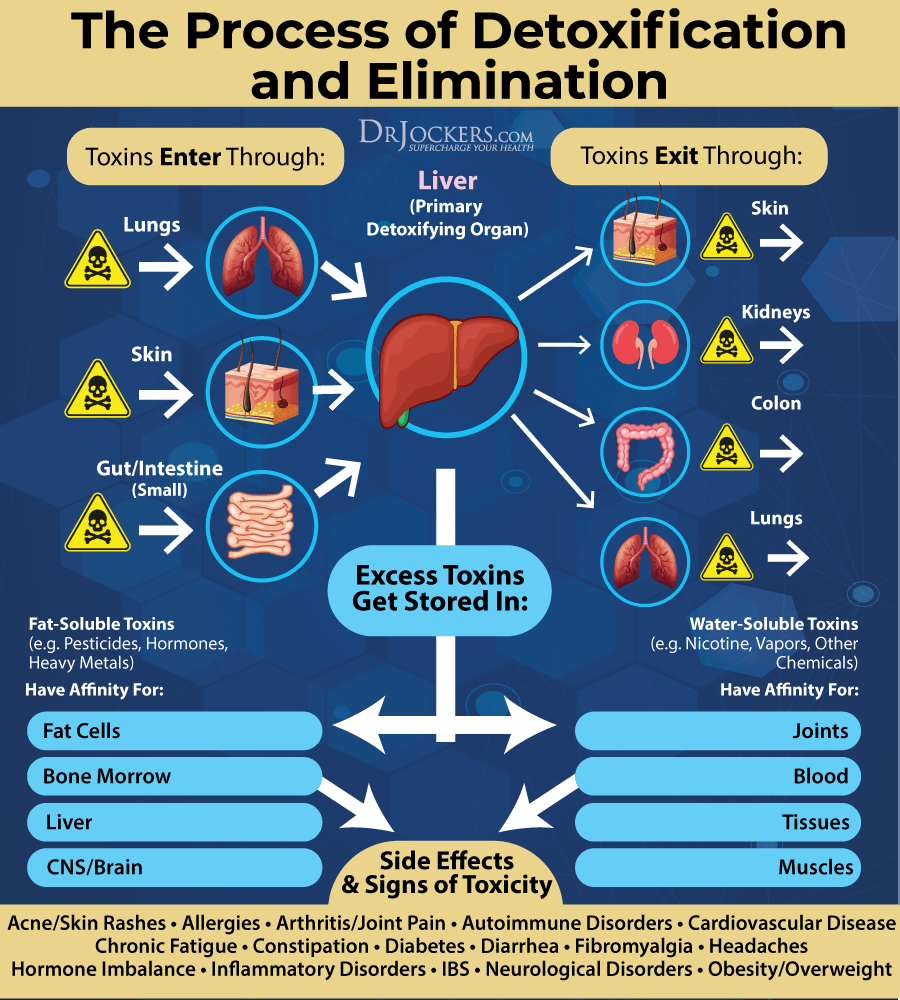
6. Use Targeted Supplementation
There are many nutrients and herbs that may support hormone balance and have a positive impact on fibrocystic breast changes. These supplements help to reduce excess estrogen, balance hormones, and support a woman’s health.
Fem Protect Hormonal Support Formula
A comprehensive formula to support hormonal health is Fem Protect. This supplement contains the herbs vitex, polygonum, and black cohosh. It also contains diindolylmethane (DIM) and chrysin for protection and support of beneficial estrogen aromatase activity and calcium D-glucarate, which promotes the proper elimination of excess estrogens.
Vitamins B6, B12, and folate are included in Fem Protect to support proper cell differentiation. These nutrients also support the methylation pathway that helps to clear estrogens from the body in phase II of liver detoxification. Fem Protect also contains the antioxidants resveratrol and EGCG from green tea, along with calcium and magnesium to support bone and hormone health. Let’s look at the benefits of some of these herbs and compounds.
Vitex
Vitex, also called Chaste Tree or Chaste berry, is known as nature’s hormone balancer. It adjusts imbalances between the menstrual hormones estrogen and progesterone.
Vitex contains flavonoids, iridoid glycosides, and terpenoids. It stops the excess production of prolactin, which reduces breast pain.
DIM
Diindolylmethane (DIM) promotes healthy estrogen metabolism and creates a better balance of estrogen metabolites (2-OH, 4-OH, and 16 alpha-OH). This happens through phase I cytochrome P450 enzyme induction and promotion of 2-hydroxylation.
DIM helps to restore healthy hormone balance by adjusting the balance of estrogens and blocking aromatase, which converts testosterone to estrogen.
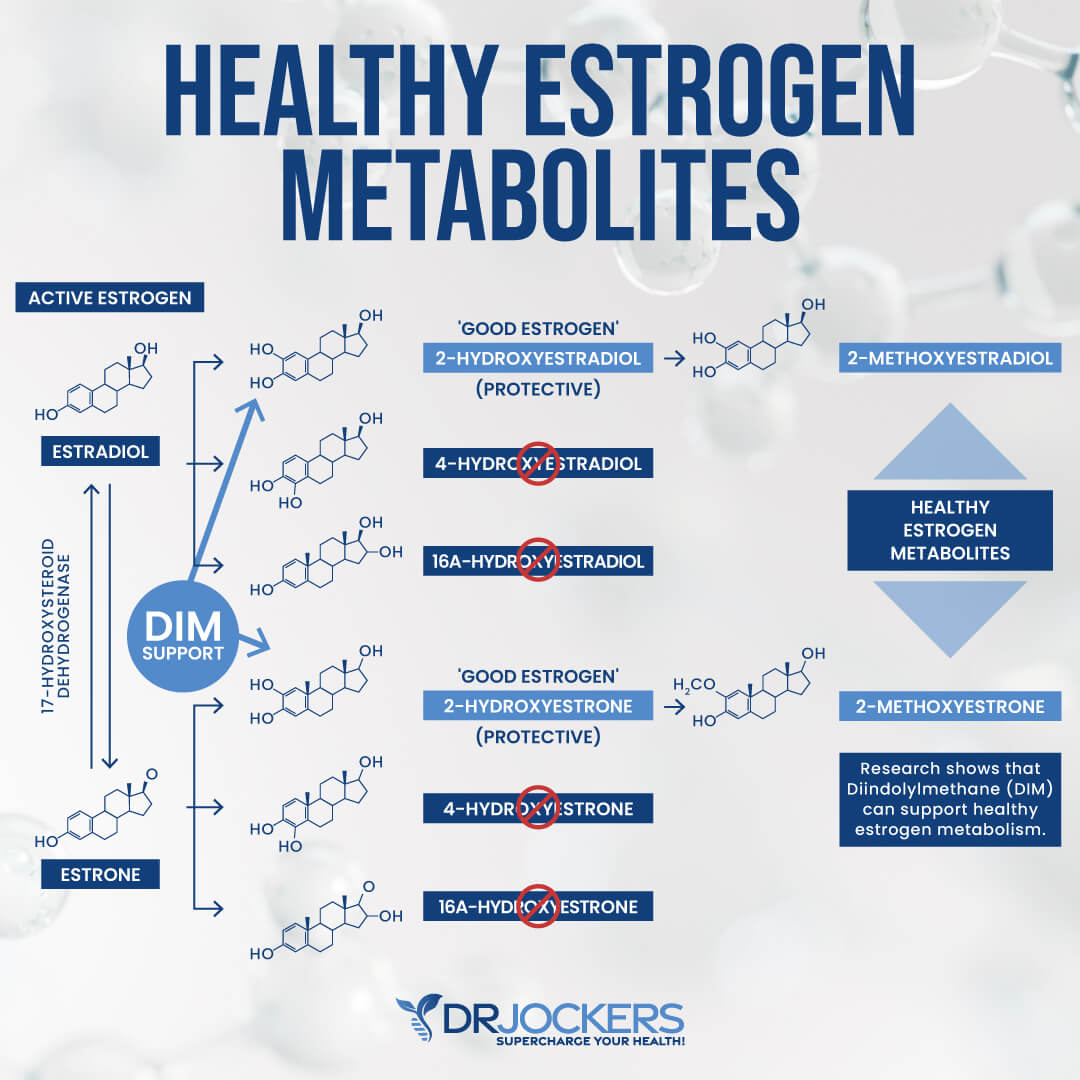
EGCG
Epigallocathechin-3-gallate (EGCG) is a bioactive botanical in green tea polyphenols. EGCG is the most abundant catechin in green tea and accounts for more than half of the total polyphenol and effective content in green tea.
Studies have shown that EGCG has cancer protective benefits through several mechanisms (6). Consuming green tea or dark chocolate will give you these helpful EGCG compounds, and you can also get them in higher dosages through supplementation.
Calcium D-Glucarate
CGT is converted metabolically to an inhibitor of beta-glucuronidase in the intestine. CGT forms D-glucaric acid, from which the potent beta-glucuronidase inhibitor D-glucaro-1,4-lactone is derived. This can help to prevent deconjugation and reabsorption of estrogen and toxins while increasing their elimination.
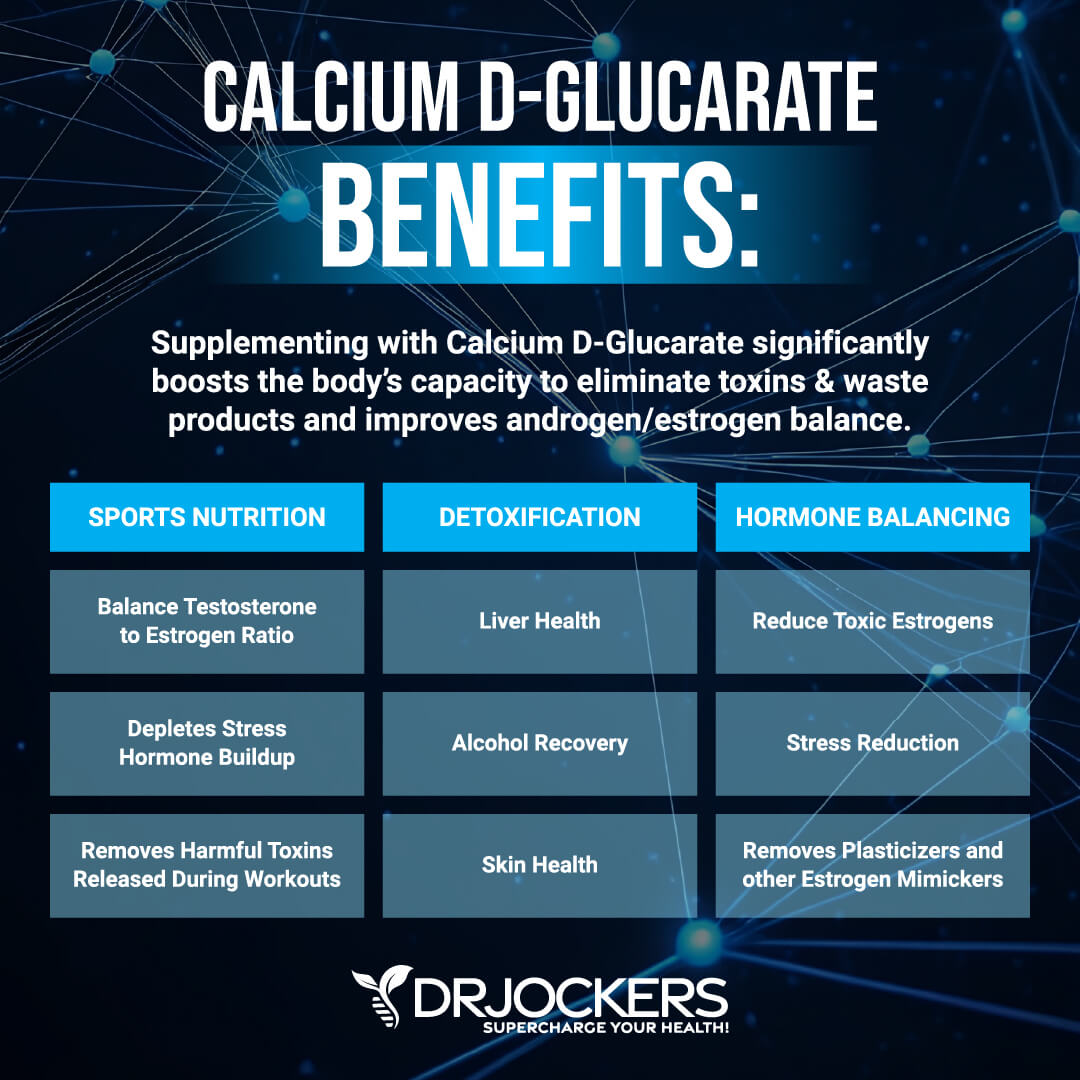
Magnesium
Supplementing with magnesium may be helpful for women with fibrocystic breast changes (13). Magnesium is involved in the production of estrogen, progesterone, and testosterone in the body. It is also critical to phase II liver detoxification and is a cofactor for the enzyme that removes toxic forms of estrogen from the body.
Estrogen alters magnesium levels by enhancing magnesium utilization and uptake by soft tissues and bones. When estrogen is high and magnesium intake is not optimal, this can lead to heart disease, osteoporosis, and other conditions (14).
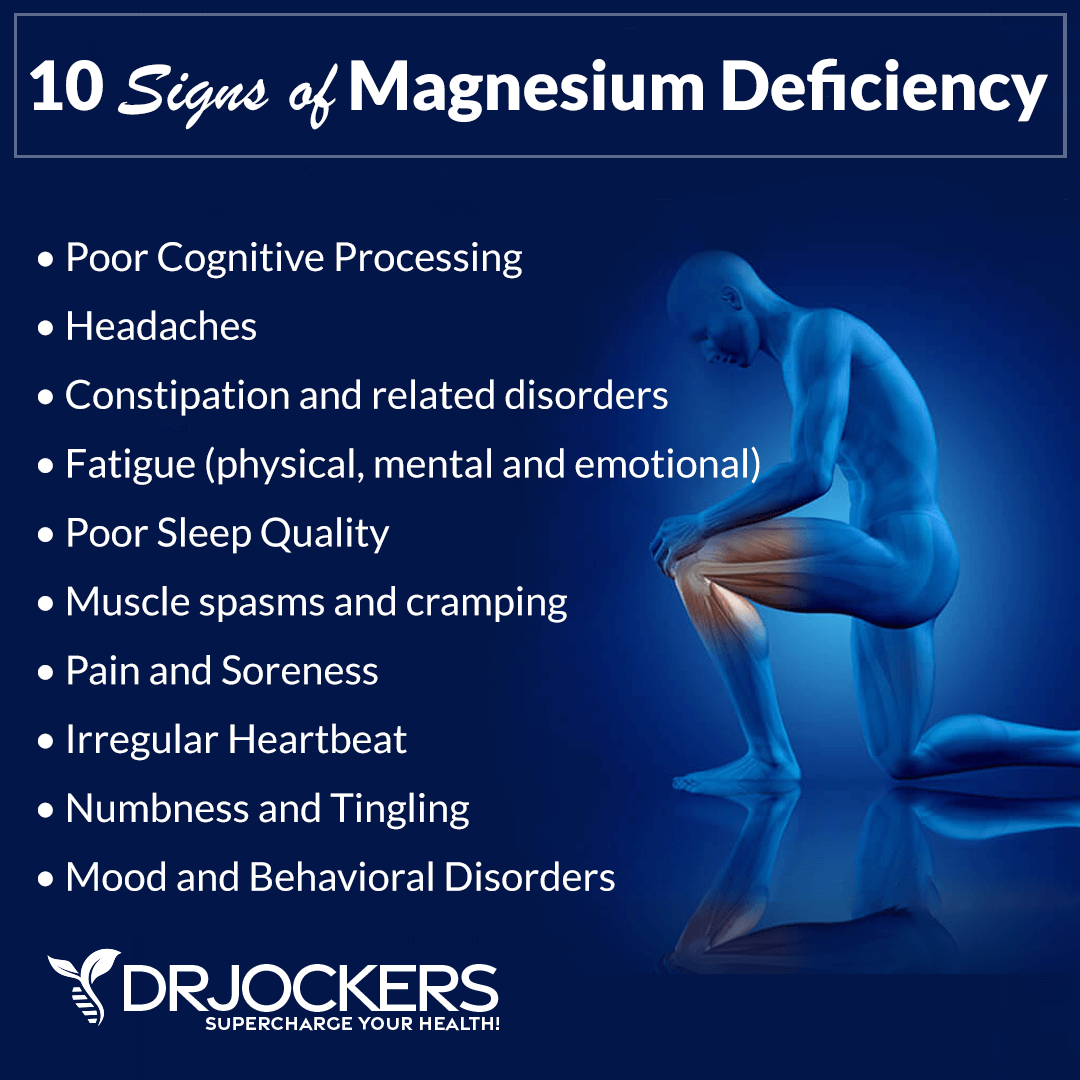
Iodine
Iodine is an essential micronutrient that is found in every tissue in the body. It is required to produce thyroid hormones and may act as an antioxidant, anti-inflammatory, apoptotic, antiviral, and antibacterial agent. Many women are deficient in iodine. Iodine deficiency may contribute to fibrocystic breasts along with breast cancer, hypothyroidism, goiters, fibromyalgia, and cognitive decline (15).
The leading sources of dietary iodine are dairy products, eggs, fish, and seaweed. Seaweed is the richest source of iodine because marine plants concentrate iodine from seawater.
Many people do not get adequate iodine from foods, so supplementing may be helpful. I recommend a high-quality, readily absorbed liquid iodine to help maintain iodine levels and fill in any nutritional gaps.
You can do an at-home iodine patch test where you paint some liquid iodine on your skin and you check it over a 24 hour period. If it absorbs quickly, within 12 hours, it is thought that the body is very deficient and needs it. If it absorbs around 18-20 hours, it is considered a milder deficiency, and if it is still present at 24 hours, you are not receiving sufficient iodine. This isn’t the most accurate test, but it is inexpensive and can be done at home.
Resveratrol
Resveratrol is a natural polyphenol produced by red grapes. It has multiple beneficial properties, including cardio and neuroprotective properties (16). It is a strong antioxidant and free radical scavenger with anti-inflammatory and anti-tumoral effects. It has antitumor activity on several cancers, including breast cancer, and may be beneficial for fibrocystic breast changes.
Resveratrol Power contains the highest bioavailable form of trans resveratrol and the flavonoid quercetin. This synergy of nutrients may defend against oxidative damage, lower inflammation, and support optimal immune health.
Gamma Linolenic Acid (GLA)
Gamma Linolenic Acid (GLA) is a critical omega-6 fatty acid, one of the two main types of essential fatty acids. Essential fatty acids are necessary for health and must be obtained through the diet. GLA is found in forage oil, evening primrose oil, black currant seed oil, and hemp.
GLA is very beneficial for inflammatory conditions. It has anti-inflammatory action that soothes breast pain and also helps the body absorb iodine. A recent study showed that GLA, iodine, and selenium had a synergistic effect to significantly reduce nodules and breast pain in women with fibrocystic breasts (1).
It is important to balance omega-3 fatty acids with omega-6 fatty acids. A great way to supplement with the proper ratio of these essential fats is with Pro EPA with Concentrated GLA. This is a high-quality, fully purified omega-3 and GLA supplement.
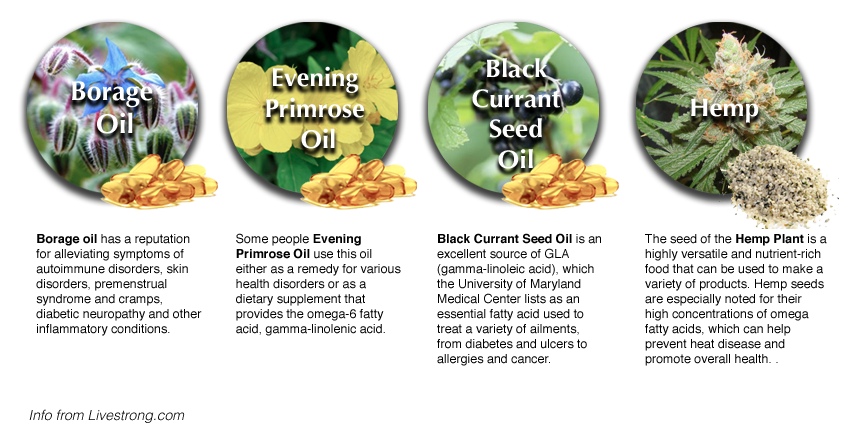
Vitamin E
Vitamin E may be helpful for reducing the pain associated with fibrocystic breasts (12). This nutrient is important to our health, including reproductive health.
The mechanism of vitamin E in reducing periodic pain of the breast is related to its antioxidant benefits. Antioxidants are substances that protect our cells against the damaging effects of free radicals. Foods that contain vitamin E include olive oil, almonds, leafy greens, meats, and dairy.
Vitamin D3
Vitamin D is an important factor in the prevention and treatment of many conditions. Low levels of vitamin D have been associated with an increased risk of breast cancer (17). The ideal range for vitamin D levels is between 50-80 ng/ml.
D3 is the biologically active form of vitamin D. It is more potent in raising and maintaining vitamin D concentrations than D2. Vitamin D3 is created in your skin in response to sun exposure. You should aim to get 15-20 minutes of sun exposure daily.
The best dietary sources of vitamin D are wild-caught salmon and fatty fish, cod liver oil, grass-fed butter and raw cheese, egg yolks, mushrooms, and beef liver. Many people have a difficult time getting enough vitamin D from the sun and food, and benefit from vitamin D supplementation. It is important to keep vitamins D3 and K2 in balance, which can be done by taking a Vitamin D3/K2 supplement such as D3/K2 Power.
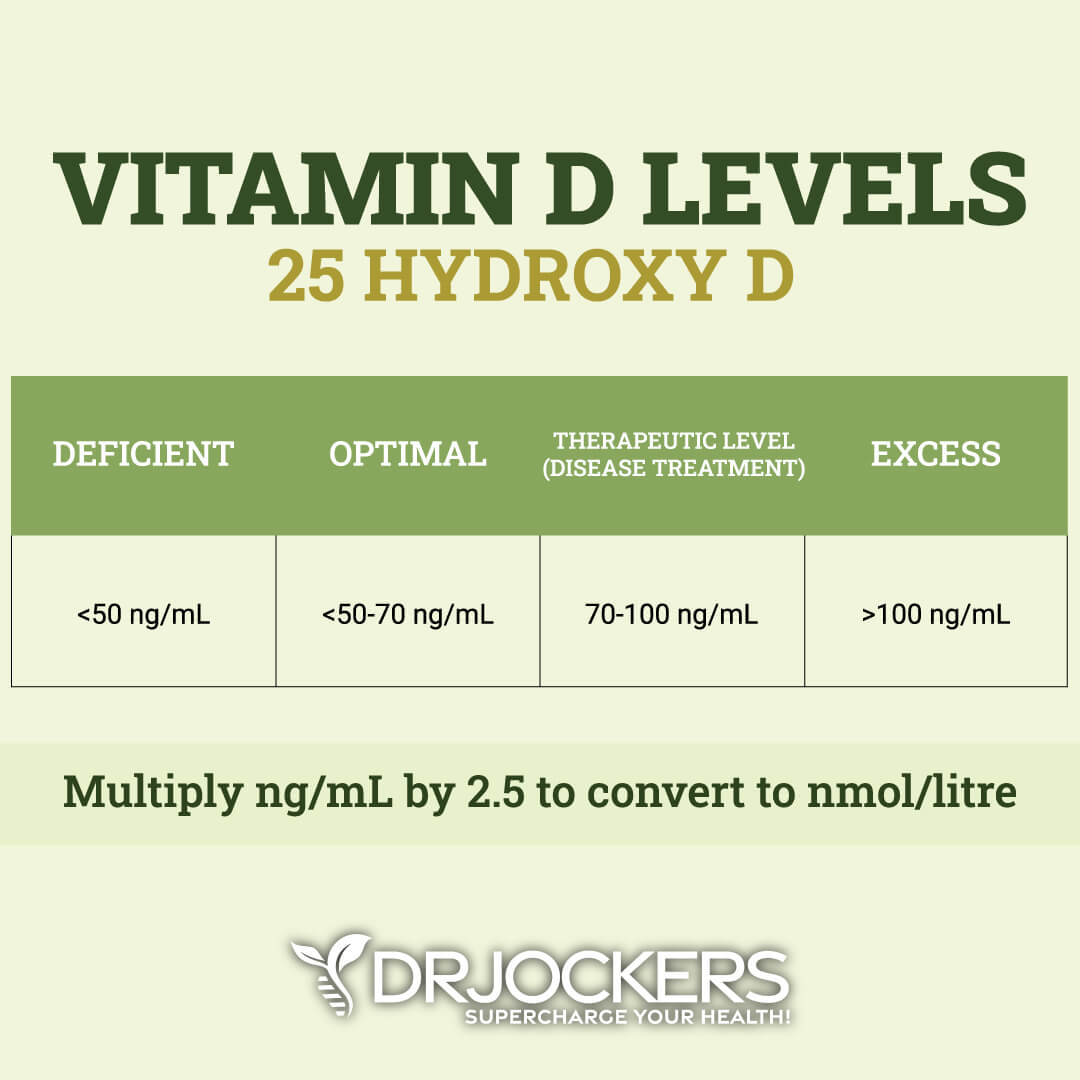
Zinc
Optimizing zinc levels may be beneficial for women with fibrocystic breasts. Lower zinc concentrations have been associated with a significant risk of breast cancer and recurrences in women (18). Deficiencies of zinc are also related to inflammation and lowered immunity. Zinc has antioxidant properties and protects our bodies against damaging free radicals.
There are numerous food sources of zinc, including grass-fed beef and dairy, salmon, chicken, spinach, and asparagus. Nuts and seeds such as cashews, almonds, pumpkin seeds, and watermelon seeds are also high in zinc. It is best to soak or sprout nuts and seeds to reduce the level of phytic acids, which can adversely affect zinc levels.
Supplementing with zinc can be helpful for people with zinc deficiencies. Zinc Charge is a high-potency source of zinc formulated for enhanced absorption. Zinc Charge supports your immune system and proper enzymatic function.

7. Additional Lifestyle Strategies
Women with fibrocystic breast changes should reduce stress and physical overexertion. When the body is stressed, hormone imbalances can result.
It may be helpful to reduce your consumption of caffeine and alcohol. Caffeine is a known trigger of fibrocystic breasts. Studies show that caffeine restriction is an effective strategy for managing the pain associated with fibrocystic breasts (19).
Another strategy is to use a supportive bra with extra support when exercising. A light bra while sleeping may also be helpful. A warm bath or heating pad may help with pain or discomfort.
8. Test your Hormonal Health
It is important to test and regularly monitor your hormone levels. The best way to test for estrogen metabolism and overall hormonal health is the Dutch Complete Hormone Panel.
DUTCH is an acronym for Dried Urine Test Comprehensive Hormones. As the name implies, the DUTCH test is a urine test that can be performed at home. You simply collect a small amount of urine on filtered paper four times a day.
What Is Measured In The DUTCH Comprehensive Hormone Test:
- Cortisol
- Cortisone
- Cortisol and cortisone rhythms and levels
- Estradiol
- Estrone
- Estriol
- Estrogen metabolism pathways
- Progesterone
- Testosterone
- DHEA
- Etiocholanolone and androsterone
- Melatonin
- 8-OHdG – a marker of oxidative stress
- Neurotransmitter metabolites
- B vitamins
This test measures androgen production, how you metabolize estrogen, cortisol, and many cortisol metabolites. This test gives a complete picture of your hormonal health and can help identify the underlying cause of your fibrocystic breast changes.
Fibrocystic Breast Conclusion
Fibrocystic breast changes (or fibrocystic breasts) are very common among premenopausal women. This painful condition is caused by too much estrogen and other factors.
Conventional treatments for fibrocystic breasts are ineffective and may cause unwanted side effects. Natural strategies to prevent or improve fibrocystic breast changes are a great alternative. These strategies focus on balancing hormone levels and supporting overall health.
Consuming a high-fiber, anti-inflammatory diet is a great first step to balancing your hormones. Include cruciferous vegetables and flaxseed for their hormone-balancing properties. It is important to avoid xenoestrogens, work on improving your gut microbiome, and support your liver health for proper detoxification of estrogen.
There are several nutrients, herbs, and other compounds that may be beneficial for fibrocystic breast changes. These include iodine, vitex, EGCG, and more. Wearing a supportive bra, limiting caffeine, and other lifestyle strategies may be helpful for women with fibrocystic breasts. It is also important to test and monitor your hormone levels and estrogen metabolism with a DUTCH test.
If you want to work with a functional health coach, I recommend this article with tips on how to find a great coach. Our team of health coaches offers long-distance functional health coaching programs. For further support with your hormone health and other goals, just reach out and our fantastic coaches are here to support your journey.

Inflammation Crushing Ebundle
The Inflammation Crushing Ebundle is designed to help you improve your brain, liver, immune system and discover the healing strategies, foods and recipes to burn fat, reduce inflammation and Thrive in Life!
As a doctor of natural medicine, I have spent the past 20 years studying the best healing strategies and worked with hundreds of coaching clients, helping them overcome chronic health conditions and optimize their overall health.
In our Inflammation Crushing Ebundle, I have put together my very best strategies to reduce inflammation and optimize your healing potential. Take a look at what you will get inside these valuable guides below!
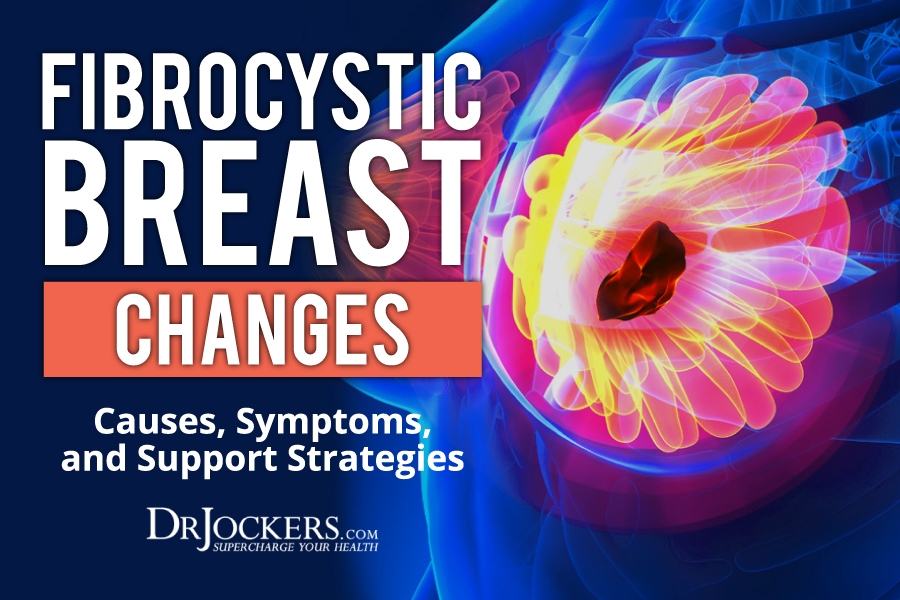
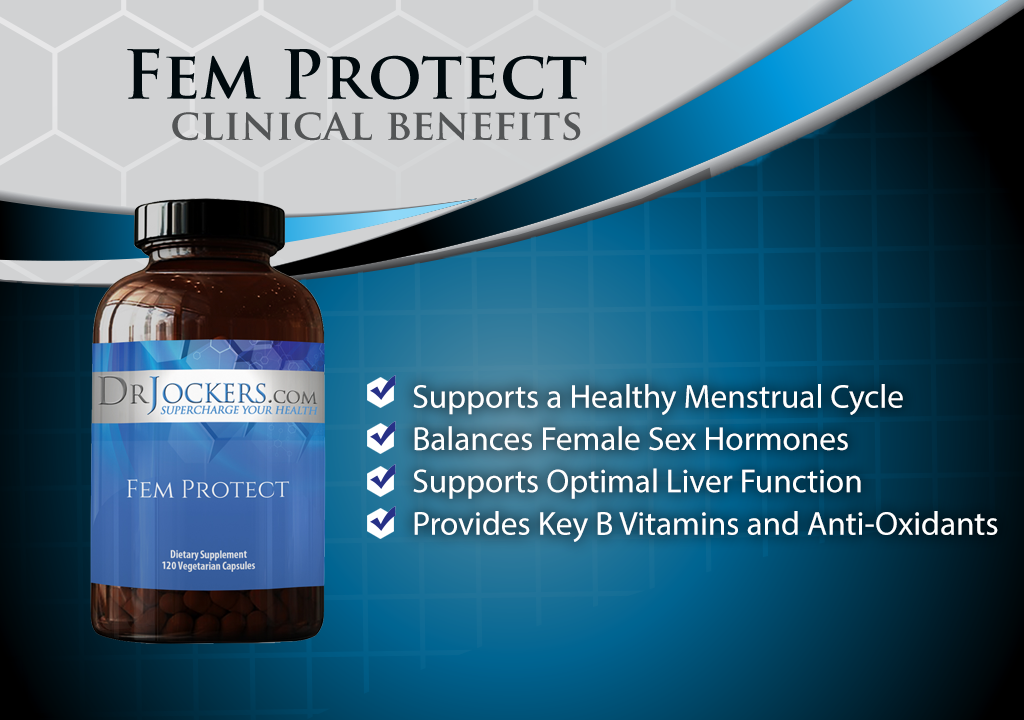


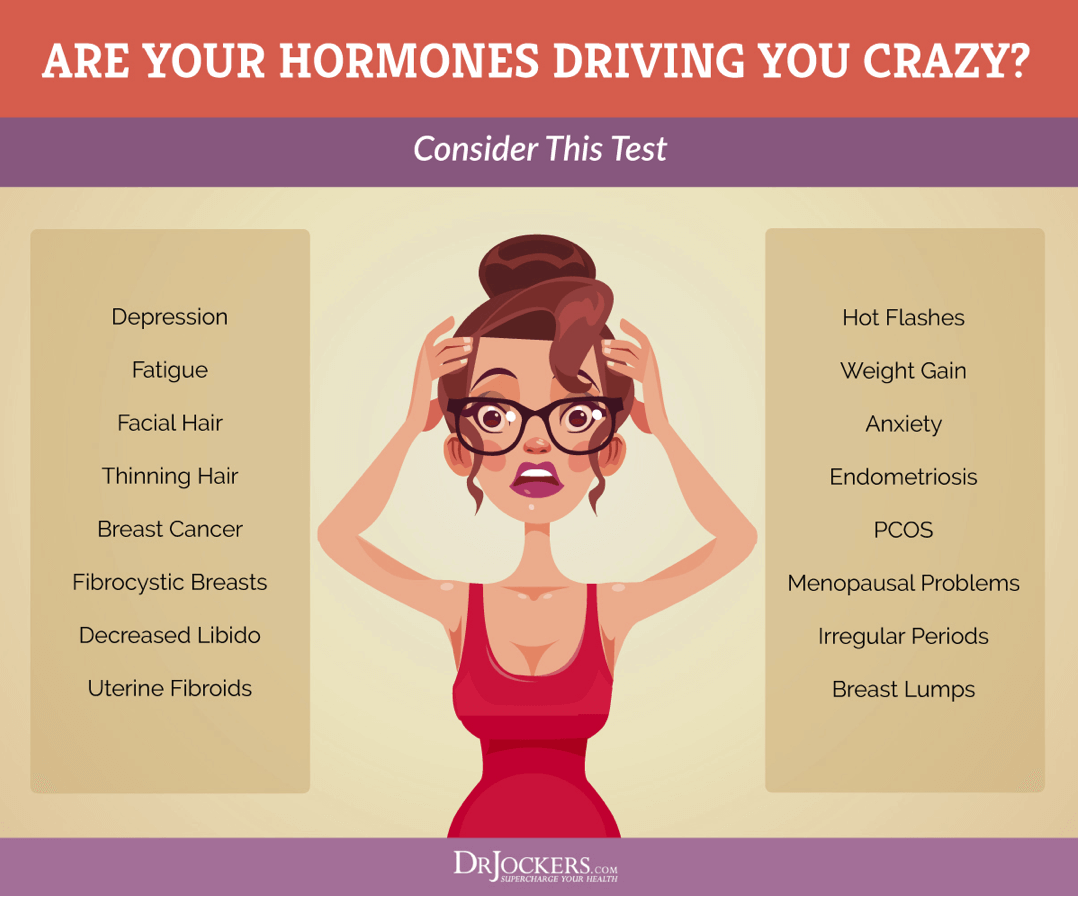


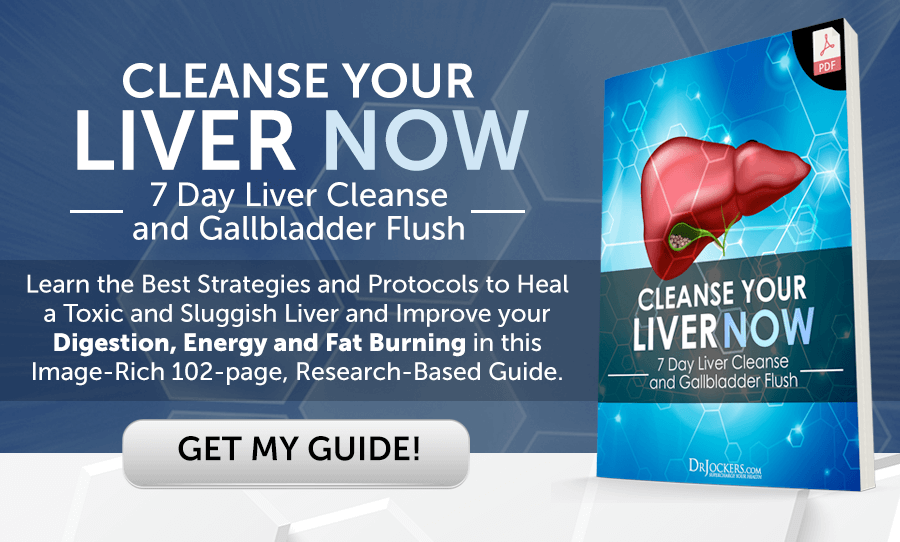


Thank you so much for this detailed information regarding fibrocystic breast .
This has helped and educated me with more information that can help me manage my condition.
I will be working hard to reduce pain and flare ups.
I am my self nearing the end of a naturopathy qualification and this has helped consolidate my education . It had also reduced my anxiety as I sit here with painful breasts . Thank you Ali
Glad to hear this has been so helpful for you Alison! Blessings to you!